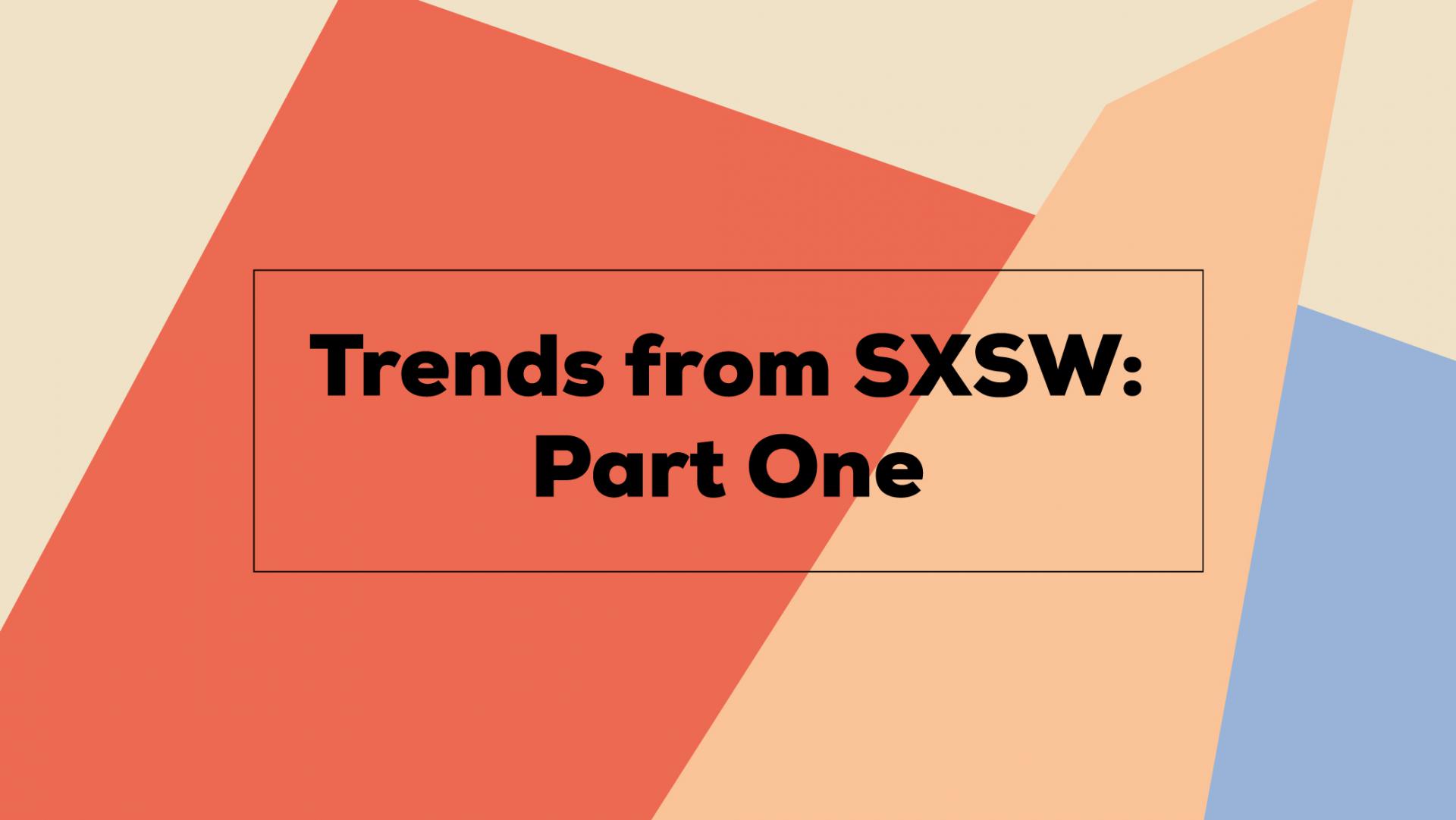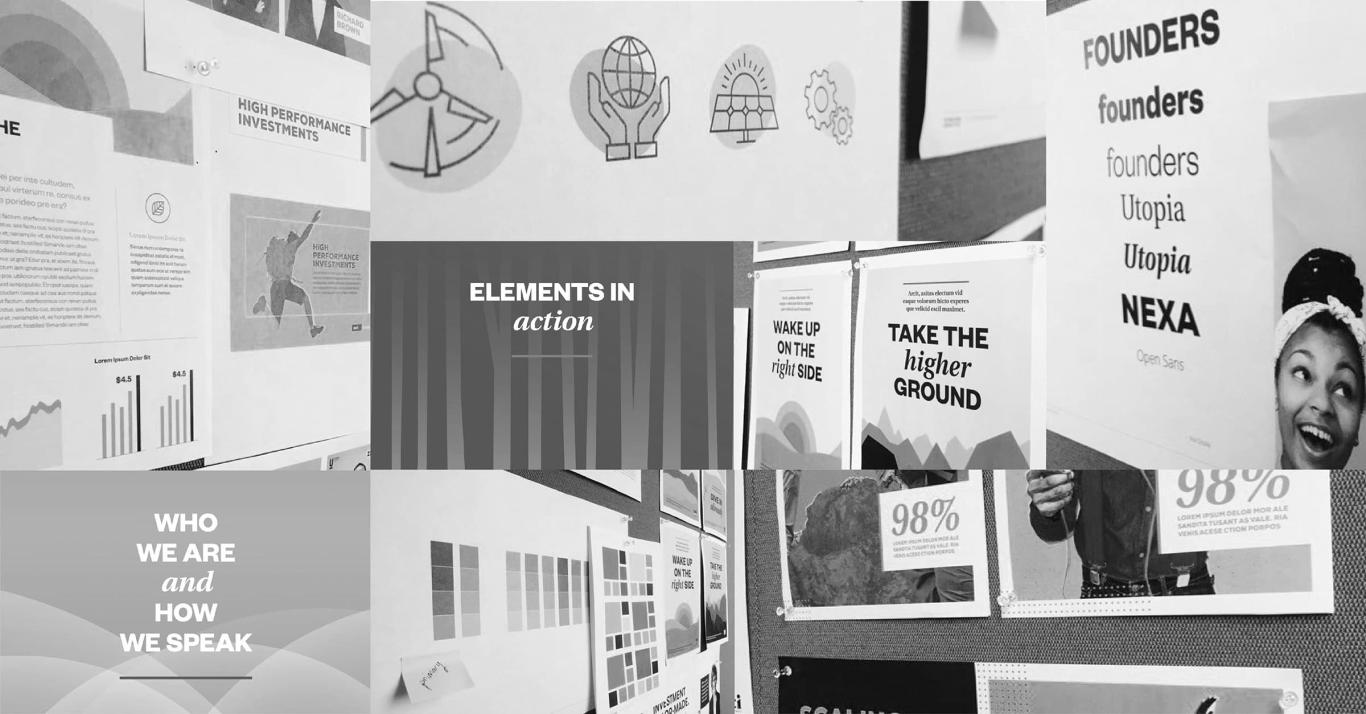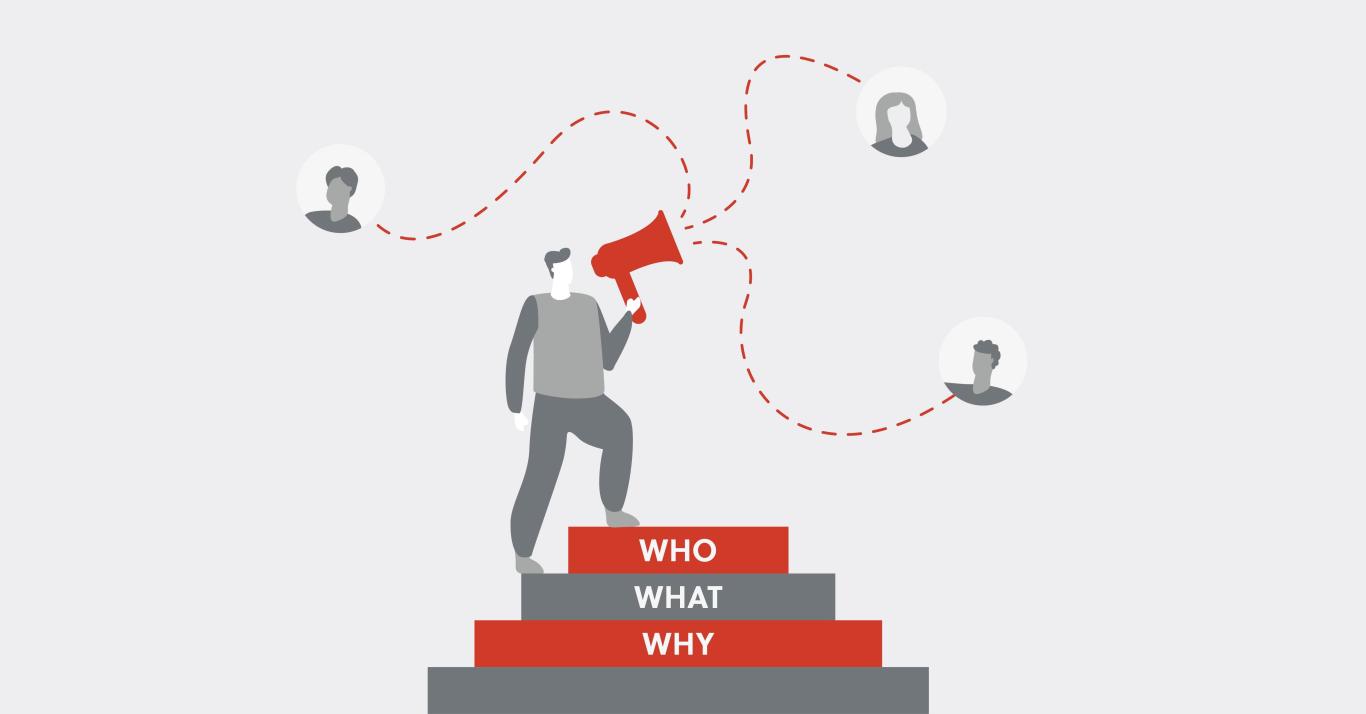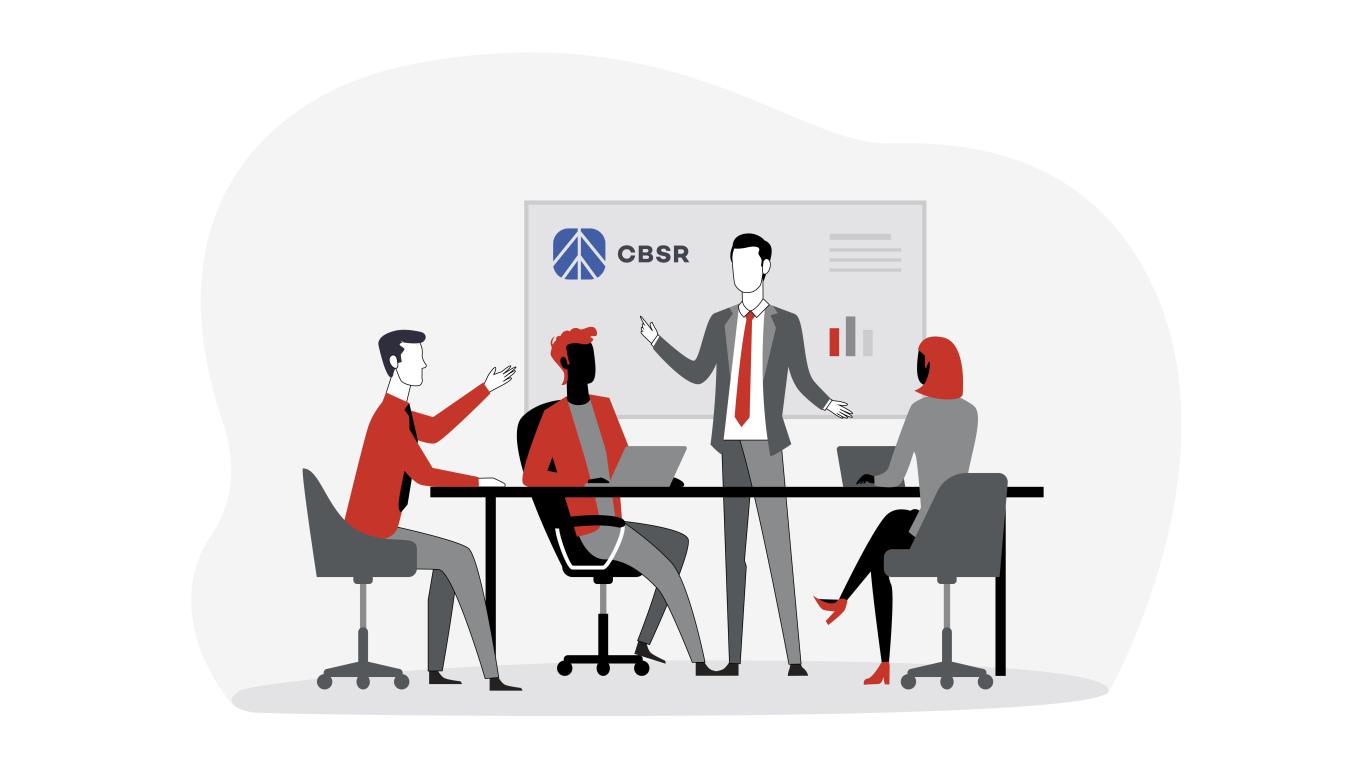Sustainability Trends from SXSW: Part One

In part one of our South by Southwest (SXSW) recap, we’ll take a look at how artificial intelligence (AI) and data are changing how creatives work together, and why brands believe the children really are our future.
Hey Siri
Sessions on artificial intelligence, particularly AI-driven user experience, were well attended. This is relevant to sustainability reporting as companies start to explore how they can develop online reports that intuitively understand what stakeholders are most interested in. For example: how might a website understand that a user is an employee (versus an investor) and tailor the user experience (and content) accordingly? Such optimization could be useful, but we need to ensure compatibility with CSR conceptually, which is meant to be inherently transparent. As we work with clients to introduce “intelligent” behaviours, the question should be, “What about the user experience are we attempting to make better?” – not simply, “Where in the standard user flow can we insert AI, just because that’s interesting?”
This represents an evolution for UX design, which has occasionally been about building websites that result in specific quantifiable results (e.g., reduce bounce rates, or drive sales to support a return on digital advertising investment). When designing for an AI-driven experience, the question becomes, “How can we make the overall experience of the user most enjoyable, and through making it as useful as possible, show that we value their time?”

Incorporating Artificial Intelligence into our creative work will force team members to hone new skills. Designers will need to become curators of the technology, dictating what an AI will or will not do. On the Quality Assurance side, we will see people working to confirm that boundaries established by creators are being respected, rather than individuals simply testing for a binary outcome of “working” or “not working.”
The answers could be anywhere, because web-based AI is truly on a spectrum ranging from auto-filling of forms, to product suggestions on Amazon, to chatbots and beyond. Working in this space adds new dimensions to long-standing working relationships. Because the more complex the AI, the more steeped in uncertainty the outcome becomes, and this is something thataffectss everyone in the development and design process – particularly clients and client advocates. When a design and development process includes AI, roles change: UX designers become curators, establishing limits around what AI will or will not do. (And yes, really, they must. See the story about “Tay” at the bottom of the article.) The QA tester is then no longer looking for binary outcomes (i.e., it works, or it doesn’t), because with AI the results are evolving and uncertain. The AI may be changing, even as you test it. Rather, QA is about ensuring the boundaries established by a designer are being respected. To get to a point where a client will be comfortable launching an AI product, it’s critical to develop and test for “edge cases,” which are the most radical and unique situations we expect AI to encounter. Consequently, organizations thinking about using AI in website design should not expect fast or inexpensive solutions.
How Do You Do, Fellow Kids?
Each session at SXSW is like a sea of light bulbs going off. And after almost every talk, someone asks, “This is incredible – I never thought about this way of doing things. I need this, but how do I make the business case?” The most frequent answer was, “Tell them it will help you to engage with youth.” Representatives from major brands across all industries – including CSR consultants across North America – spoke to a critical need to engage generations Y and Z. Brands are looking to the massive population of youth in countries like China (which outnumbers the entire population of the United States and Canada put together) and are working to better understand how to engage this demographic on a global scale.
This wasn’t a one-way conversation. Young creators spoke about how much they respected brands like Patagonia for taking impassioned political stances, and stood for hours in line to walk through “sustainability experiences” and the “Google Smart House” to geek out about AI-based technology and check out how the next wave of “smart devices” would improve their lives.
The conference floor was a sea of virtual reality (VR) experiences, as representatives from organizations and companies such as the National Air Traffic Controllers Association and Lockheed Martin worked to attract interest and talent, largely by demonstrating how future-forward they were. Even the coal industry was out to recruit, with a VR “mining experience” where you could actually pretend to mine for coal.

To the delight of attendees in their twenties, South by Southwest in 2018 was a sea of free beer (not new) and virtual reality (new-ish). Because VR on its own isn’t enough to stand out anymore, brands experimented with outlandish executions. Land O’ Lakes Butter crafted a massive VR helmet shaped like a delicious head of fresh lettuce. It was one of the most instagram-worthy moments of the conference.
It was clearly possible to engage this audience on a massive scale. Young people weren’t wandering around with their noses buried in their phones, they were excited and lining up to learn about what companies were doing to make the world a better place. But it was largely talking about the outcomes.
Brands aspiring to develop an inclusive sustainability platform have an opportunity to embrace young people, specifically, as part of the stakeholder engagement processes. This may require taking invitations to participate in surveys and interviews out into the online space through digital marketing, and removing barriers to participation. Or it could be thinking critically about how young people prefer to provide their feedback or thoughts, meeting them where they are, and tailoring the information-gathering approach to their needs. Sustainability communications that have been specifically informed by the opinions and ideas of the next generation could have long-term payoff. Would investors be excited to know that a company went out and spoke to tomorrow’s customers?
All of this is to say that consumer brands (and others in a battle for recruitment and reputation) are really stepping up their game when it comes to communicating with generations Y and Z, particularly when it comes to sharing their CSR initiatives. It would be exciting to see youth engagement and communication strategies as something we attempt to quantify in this year’s sustainability Reporting Trends research.
Advancing Segmentation in Marketing
Everywhere delegates at SXSW went, marketers scanned badges – creating a cloud-based picture of everywhere folks had been – ergo, what they were interested in and cared about most. That data was cross-referenced with where an individual was from, their age, their gender and more. A set of digital marketing sessions focused on the “new era of segmentation”, and explained how the “cool kids” in advertising use this kind of information to target challenging audiences.
New and emerging is location-based targeting, which could be extremely effective for our sustainability clients highlighting their initiatives and priorities on social media. There are more obvious applications, like targeting individuals regionally to discuss how they are impacted by local, physical operations. But it can also be more specific: you can target people based on their public Wi-Fi use (for an airport, for instance) or by check-ins at events (for the mining industry, events like #DisruptMining). This puts custom Snapchat filters or locations for Instagram in a whole new light; while many see them as a vanity element to unify user-generated content, in truth, they can be used to create powerful re-marketing segments for supporting messages: Join Our Facebook group. Follow us on Twitter. In future, best practices may include custom geotags for social channels for all events, and hashtags in the footers of PowerPoint presentations, such as AGM presentations. If someone cares enough about your brand to geotag a tweet from your AGM, why not consider retargeting them with your sustainability report?

Wherever you go, there you are. Your public WiFiuse is painting a picture of how you interact with bricks-and-mortar retail and restaurants. In an increasingly competitive environment that delivers everything to your doorstep, marketers want to know as much as possible about what you’re willing to leave the house for.
Speakers highlighted another great reason for adopting this: you can eliminate your biases about your audience. Sorting through data about who attends events, talks and webinars allows brands to identify misconceptions they may hold about their target markets. You may think you know who your most engaged audience is, but digging into who bothered to use the hashtag at your latest conference seminar could paint a different picture.
Next week, we’ll get deeper into Artificial Intelligence, virtual and augmented reality, and talk about how influencers feel about working with sustainable brands.
Thanks to designer Nicole Bryczkowski for the enchanting illustrations.
Further Reading
AlphaGo Zero: When AI Learns from Scratch
Tay the Chatbot: Why AI Needs Curators




